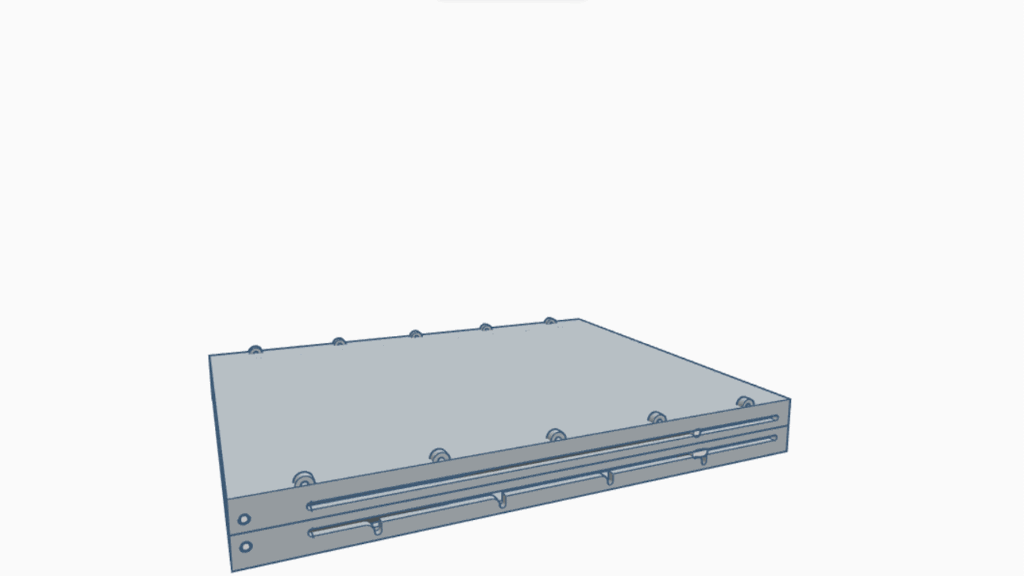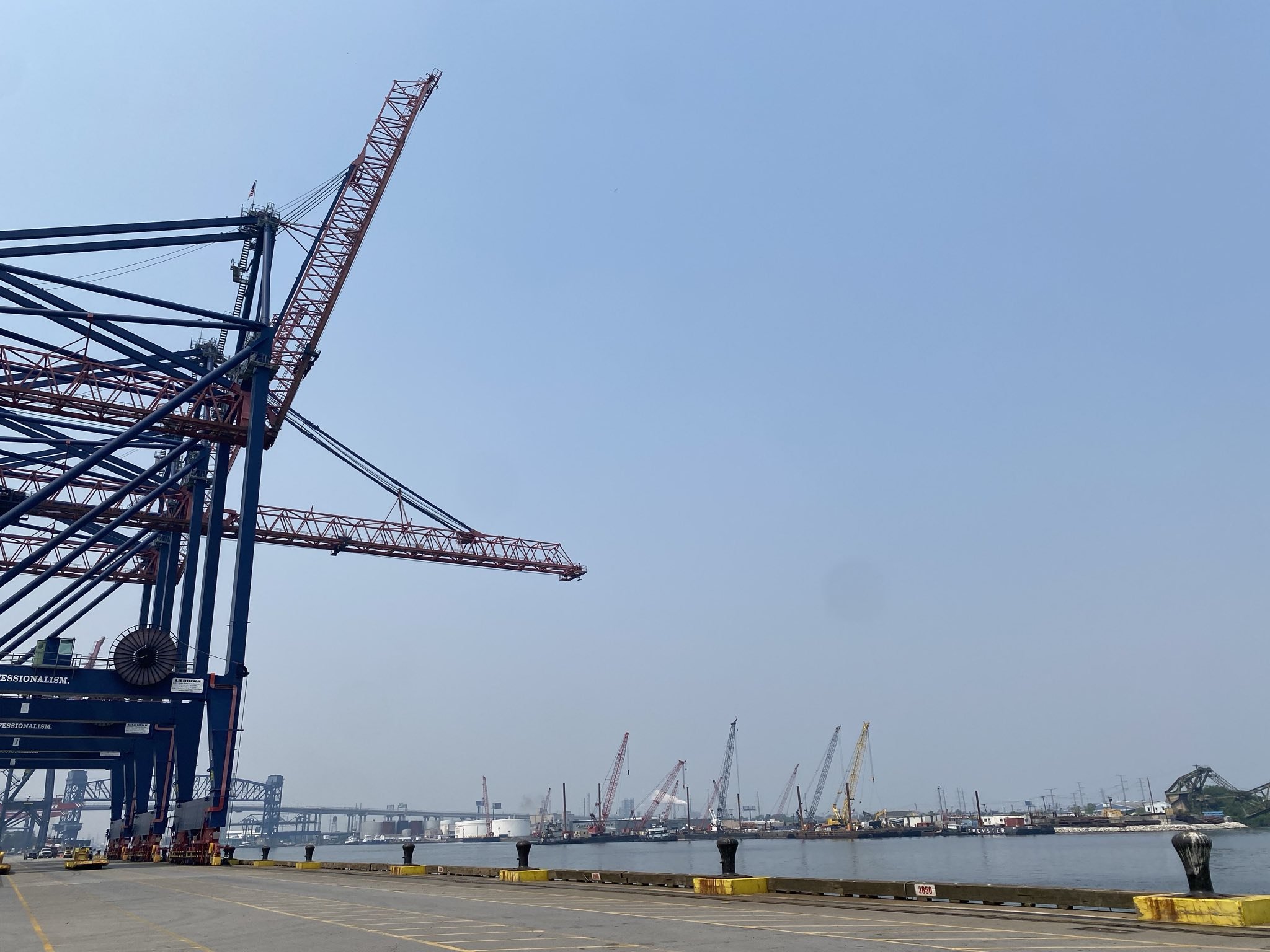FlexShelf
FlexShelf began as a solution to space-usage inefficiency in shipping containers for the First Lego League Challenge in 2022. Since then, my team and I have persisted beyond the competition with an aim to bring FlexShelf to market.

Shipping containers are 24% empty, and it’s largely due to weak packaging of goods, resulting in 48% of goods being “un-stackable” where vertical space is not being used.
FlexShelf solves this issue with a height-adjustable platform that places “un-stackable” products on the bottom platform while additional cargo is loaded on the top platform, maximizing vertical space usage.
Check out our Blue Ocean Competition pitch video for a quick overview of FlexShelf!
Disruption Avoidance
Modifying existing ocean containers or creating new, modified ones would increase overall costs and be highly disruptive to the existing established system of container shipping. FlexShelf also easily stays within the 58,000 lbs weight limit for 40-foot shipping containers (weighing 1,000 lbs and supporting 8,000 lbs of cargo). Our analysis confirms that increased volume efficiency through FlexShelf would outweigh the sacrifice of weight. FlexShelf also operates within internationally accepted standard shipping protocols.
FlexShelf’s Design Principles:
Height Adjustability
Shipping manifests show widespread variety in package dimensions. Height adjustability allows for the maximization of vertical space within shipping containers.
Collapsibility
FlexShelf must be fully collapsible so it can be easily returned to the point of origin, especially in cases of volume imbalances during trade. In implementation, FlexShelf can be loaded into shipping containers using a forklift; at its destination, FlexShelf can be reloaded with goods designated for the point of origin or collapsed and returned to the point of origin.
FlexShelf’s Benefits:
Improves volume efficiency by 13%!
From 76% to at least 86%, nearly halving the inefficiency in current shipping containers!
Reduces port congestion
25 million shipping container trips (out of 250 million made annually) could be saved each year.
Reduces greenhouse gas emissions
51 million tons of CO2 emissions (out of 940 million tons generated by the shipping industry) could be reduced each year.
Increases revenue
13% increase in revenue on average for each trip.
FlexShelf’s journey.
Intial pitch in FLL Global Innovation 2022!
That’s me (2nd from the left) with my FLL team (team iAmicos, consisting of Ishana Kumar, Srinatha Duri, Daniel Pantchev who is not in the picture, and Alicia Zhu) with the FLL CEO Chris Moore! Here is our accomplishment featured in the news.

Visit to Mr. Bruzzone’s Shipping Port!
Pitching at Diamond Challenge!
We were one of the top 68/940 teams (4000+ participants) invited to compete as a Diamond Challenge finalist. Here is our written concept.
…and at the Blue Ocean Entrepreneurship Challenge.
We won 1st in North America (161 countries, 9,800 participants)!


